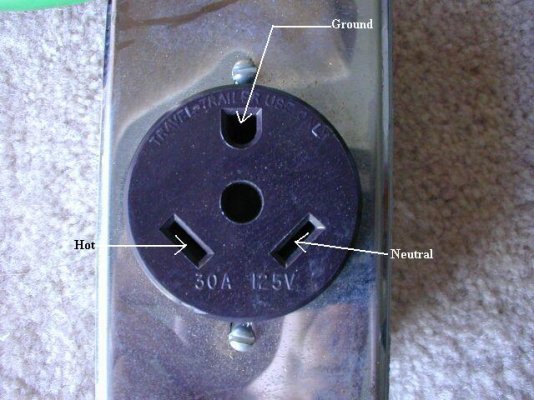mrshernandez
Member
We are staying at Soledad Canyon RV park in CA most of the time. We are in a 37 ft class A, and usually plug into a 50 amp site. We have an adapter to use a 30 amp site, and have never had a problem using it at a 30 amp site in other parks.
At this park, every 30 amp site we have plugged into has read "reversed polarity" on the surge protector. Our son is an electrician and he said that is not good, so we have not used a 30 amp site here. However, there are many other class A's plugging into the 30 amp sites with a dog bone. When the campground is crowded, it would be nice to go into a 30 amp site (where it is generally less crowded) but we are afraid of damaging something in our Winnebago.
Any insights as to whether this would be a problem, and why?
Thanks
Kristin
At this park, every 30 amp site we have plugged into has read "reversed polarity" on the surge protector. Our son is an electrician and he said that is not good, so we have not used a 30 amp site here. However, there are many other class A's plugging into the 30 amp sites with a dog bone. When the campground is crowded, it would be nice to go into a 30 amp site (where it is generally less crowded) but we are afraid of damaging something in our Winnebago.
Any insights as to whether this would be a problem, and why?
Thanks
Kristin

